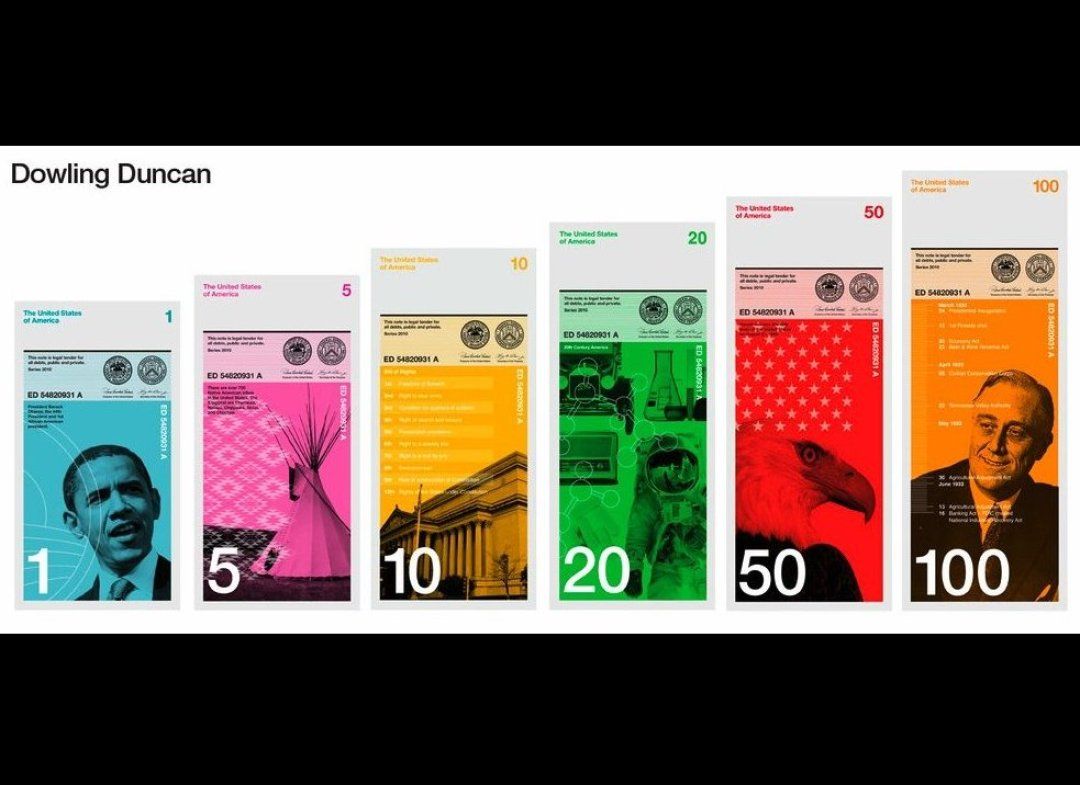A few months ago when I was unemployed and searching for a job, I wanted to write a post which I had titled “The Swiss Army Knife Designer” Though I was afraid potential employers would see it and I would get black listed.
I was seeing ridiculous job postings wanting you to know a laundry list of requirements that seemed almost impossible, wanting you to know everything from The Adobe Creative Suite, to html and css, to php, jsp, ruby on rails, and you must also bake cakes and walk the company dog.
Some of the companies I wanted to apply for but just didn’t because the list of skills seemed too intimidating.
Some people say, they just shove all that stuff into a job description, and they really don’t expect you to know ALL of it.
Little did I know that there was a term and some sort of debate going on in the web design/development land going on about what I was thinking about the “Swiss Army Knife” designer, with a much funnier and catchy name…”The Design Unicorn”!
From Usability Counts and Author Patrick Neeman
“We need a unicorn.”
“What’s that?”
“You know, someone who can code, design graphics, design user experience, write copy, and do all the HTML and CSS for us. They’re cheap and easy to find. They should be able to take out the trash. Oh, and wash our cars wearing a bikini.”
And unicorns can fly.
The unicorn designer is the most in demand and rarest of product team members — someone with excellent interaction design skills, visual design skills, and coding ability. Unobtanium.”
—
I agree that there are design unicorns out there.. Luke Wroblewski (who I actually had 3D design class with at the University of Illinois, and he was even good at that!) , my friend Mark Raguž at Nivas in
Croatia http://nivas.hr/en/about-us
But to be fair and balanced there is also the counter argument that we do need design generalists
http://www.forbes.com/fdc/welcome_mjx.shtml where David Cole says “You don’t have to be good at everything to do great work” And that design within itself has multiple tasks..which he’s right..image making, composing, typography, information hierarchy, gestalt, balance, color theory, so I can see what he’s saying.
My education in Graphic Design at University of Illinois Urbana/Champaign in the mid to late 90s was heavily print focused, leaning towards the Bauhaus/Swiss-International style of design. Two web classes were offered at the time, and I did take both.
But I have often worked in the world where I would design a web interface, do the basic HTML for it, then hand it off to a backend designer to do the heavy lifting/programming/database work. So even since the start of my career I have been more of a design specialist.
Also being right brained and just having overall math deficiency syndrome, coding doesn’t appeal to me at all. I do HTML and CSS because I have to, its part of the job description, not because I want to.
But now it may be an “adapt or die” situation where UI/UX is becoming the dominant trend in web design/development.
Where do you weigh in on the design specialist/design generalist debate?


